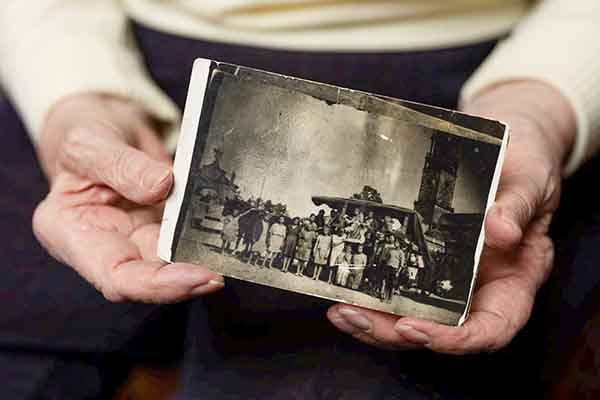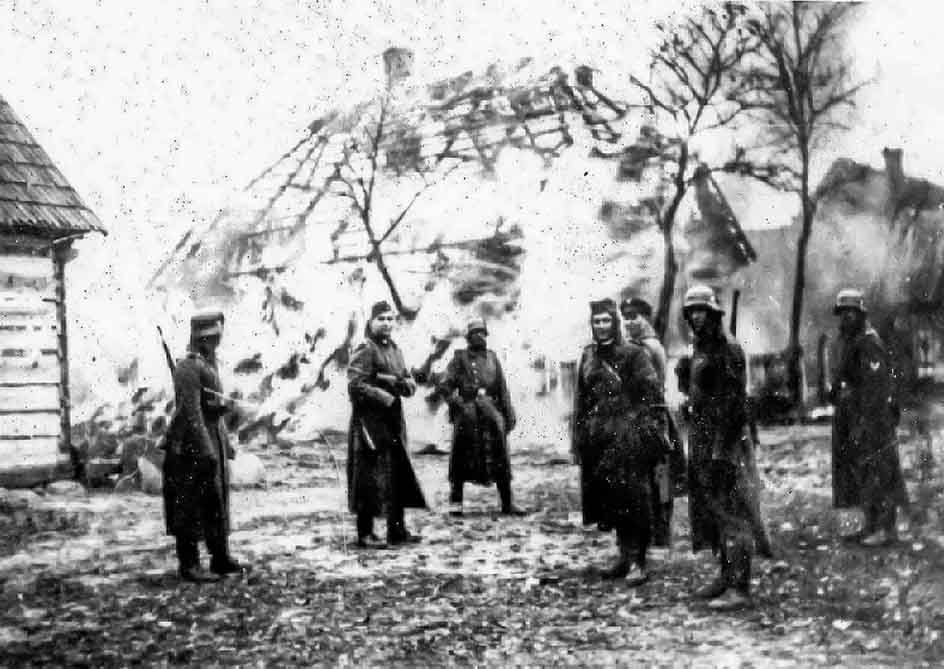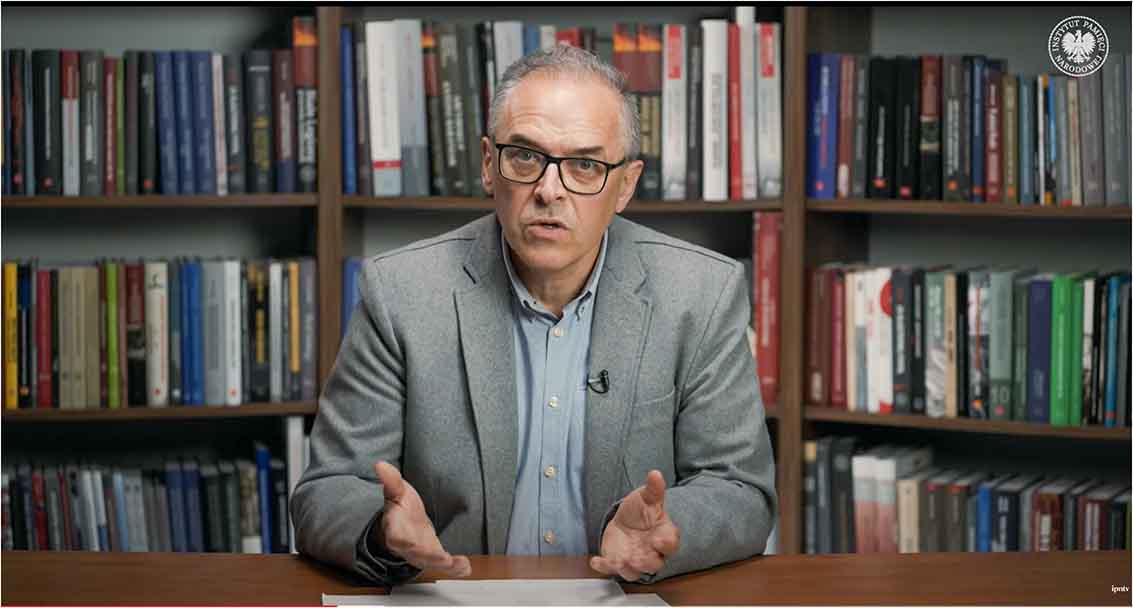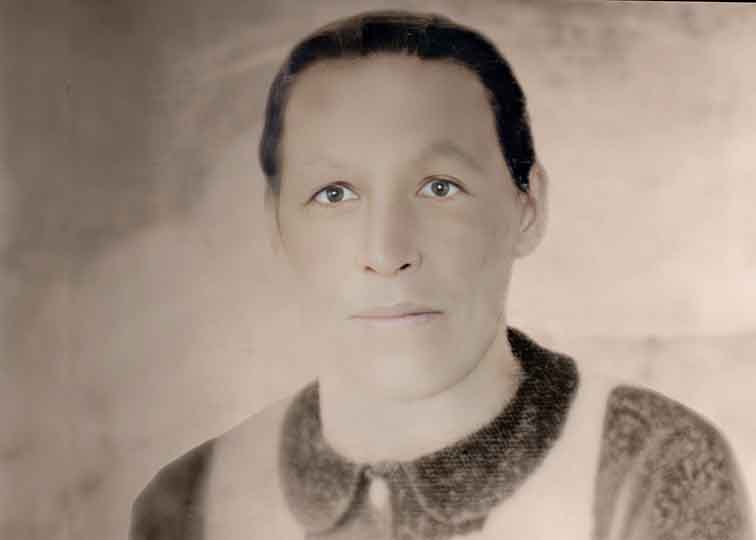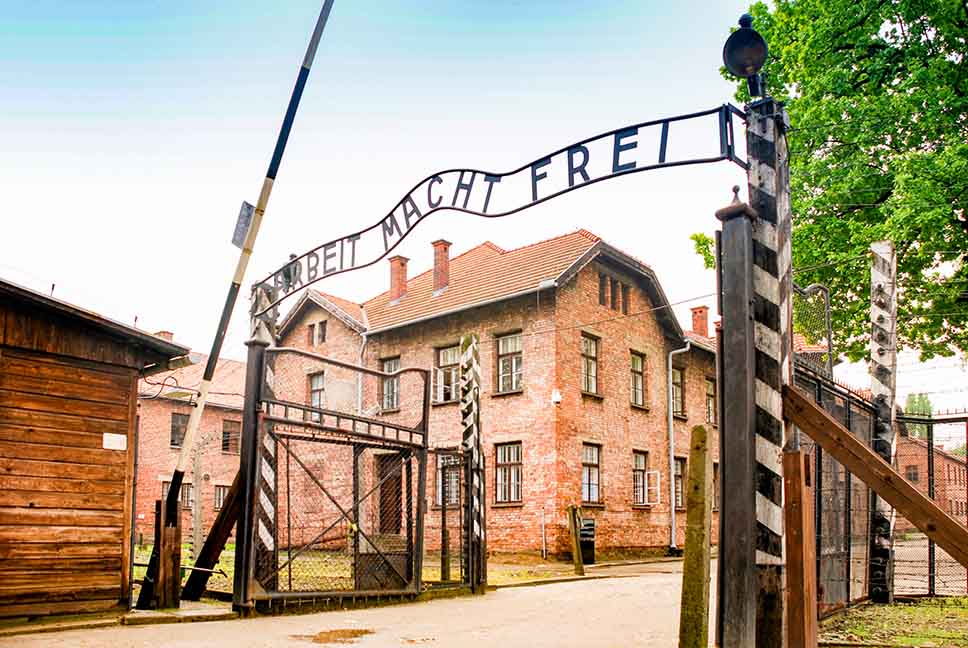The debate on the activities of the so-called Ładoś Group took place on Friday, March 22, in connection with the publication of the Polish translation of the book by British historian and writer Roger Moorhouse entitled "Paszporty Życia" (The Passports of Life, original title The Forgers). The discussion was organized by the Pilecki Institute in Warsaw.
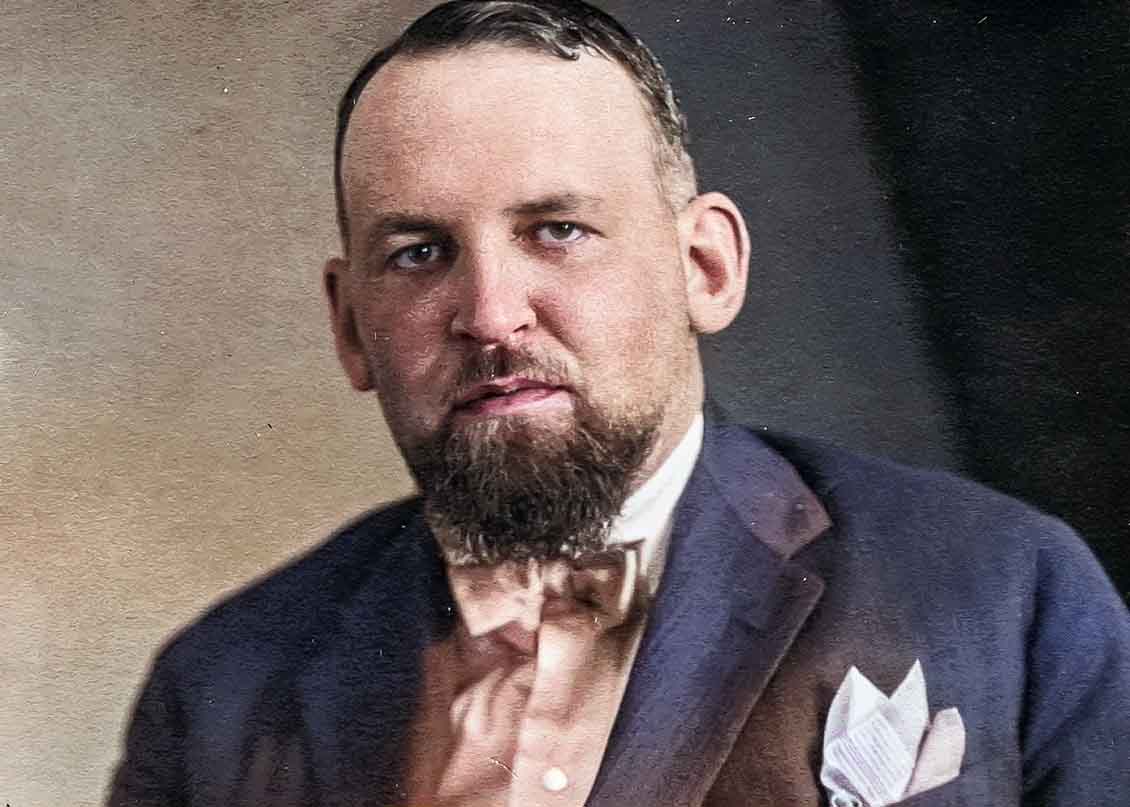
Aleksander Ładoś (Source: Wikipedia, color A. Woźniewicz)
Moorhouse recalled that the so-called Ładoś group was made up of Polish diplomats and Jewish activists who, during World War II, created a network in Switzerland that illegally issued Latin American passports to Jews. "Aleksander Ładoś himself was chargé d'affaires ad interim in Bern, but in practice an ambassador in this mission. His group illegally produced passports using the help of honorary consuls of Latin American countries in Switzerland, especially Paraguay. (...) The holders of these documents had the opportunity to escape the mechanisms of the Holocaust," the historian emphasized.
He explained that the Jews, thanks to their passports, were considered by the Germans to be "valuable assets" because they could be exchanged for German prisoners of war, or other citizens of the Third Reich detained in countries that did not surrender to the Nazis. "People who were classified by the Germans as "foreign Jews" were withdrawn from transports to extermination camps and sent to transit camps. This was a chance for them to survive," he explained, adding that the passports were issued from 1941 to the end of 1943. The entire operation was terminated, among other reasons, due to the pressure from the Swiss government.
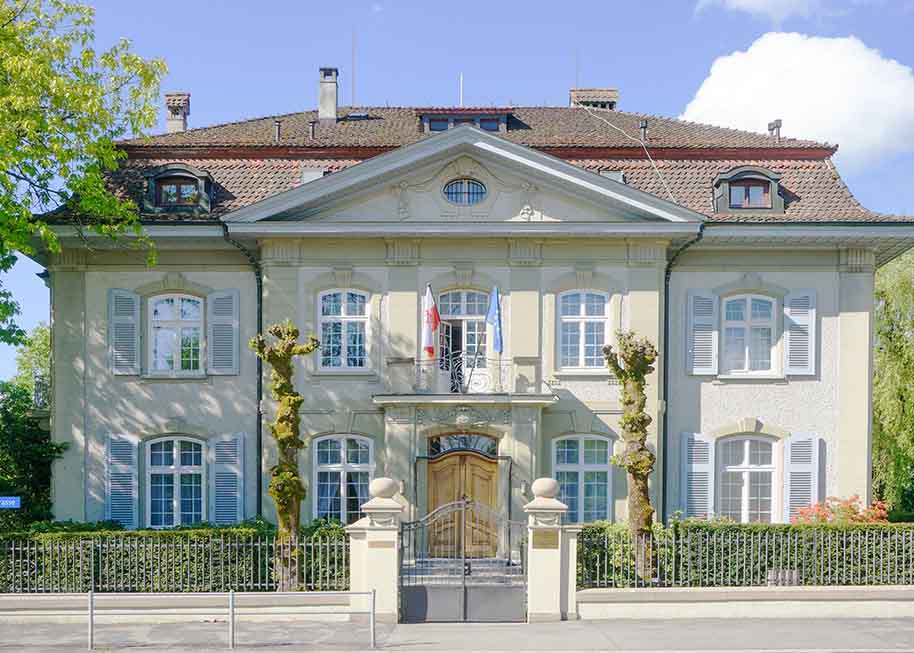
Residence of the Polish Ambassador in Bern, Switzerland, 2014 — during the war the seat of the Polish embassy. (Source: Wikipedia)
"859 people who received Ładoś passports and other false documents confirming their identity survived the Holocaust," Moorhouse assessed. "Not all of them survived solely because of Ładoś passports. There were many cases in which other forged documents helped them survive. Ładoś passports were certainly one of the elements that allowed them to avoid the Holocaust. That much we know," he noted.
He stressed that there are "estimates that say that 2,000 to 3,000 people could have survived thanks to the passports." "Research is currently being conducted to determine the number of people who survived the Holocaust, among other things, thanks to receiving passports. There are many thousands of people descended from survivors who do not even know that they owe their lives to Ładoś passports," he assessed.
"The Ładoś Group, which illegally issued passports to Jews, was the Polish Noah's Ark, saving them from the Holocaust," he said.
Monika Maniewska, an archivist, researcher working at the Pilecki Institute, co-author of the book "The Ładoś List", emphasized that the Ładoś group "issued passports for Paraguay, Uruguay, Honduras and Haiti. (…) The passport was issued not only for one person, but for entire families." She indicated that although it was possible to identify over 3,000 names for which passports were issued, there were probably around 10,000 of them. She noted that the research is still ongoing.
"People from different countries of the world contact us, informing us, for example, that their family had a Paraguayan passport from their grandmother, but until now no one has been able to explain where it came from," Maniewska reported. She expressed hope that Moorhouse's book will contribute to expanding the "Ładoś List" with more names.
The Polish translation of Roger Moorhouse's book "Passports of Life" (The Forgers) was published by Znak and the Pilecki Institute.
The article was originally published on the portal «Nauka w Polsce». «Kuryer Polski» corrected Mr. Ładoś's first name: in the original: Bernard; according to our sources: Aleksander.
Translation from Polish by Andrew Wozniewicz.








